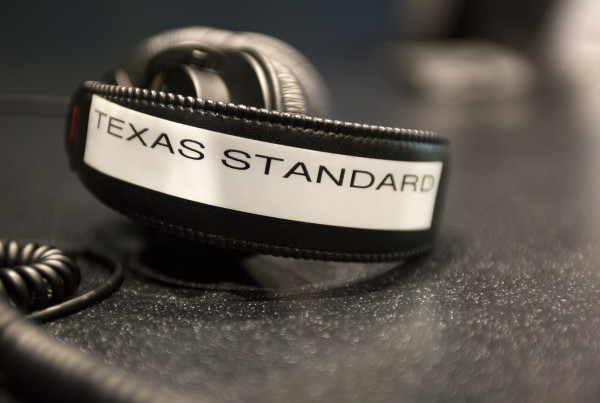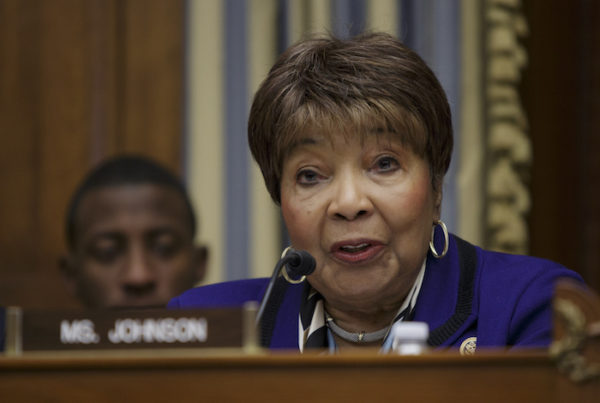The possibility of an emergency at a school isn’t an idea most of us like to dwell on. But as schools continue to be targets for those intent on causing widespread harm, training teachers and kids on what to do “just in case” has become common practice.
But though it’s common, that training is hardly standardized across Texas – or even at different schools within the same county. That’s why one Texas county decided to take the lead on designing a program to get everyone on the same page – that includes even the very youngest students.
Ms. Rabbit and her class are the stars of a new animated video aimed at teaching students as young as pre-k about emergency response.
The video, and others like it aimed at older kids, will be shown every year in classrooms all across Hays County in Central Texas.
It’s the culmination of years of planning that started when Kharley Smith first took over as the Hays County emergency management director. She looked at the safety plans for schools in her county and was immediately struck by what she found.
“They were so different,” Smith says. “And every campus used a different code word and every campus had different protocols that would trigger an action and it was just confusing for me just being on the first responder side.”
She reached out to law enforcement agencies and to the county’s four different school district superintendents and found everyone was willing to get on board to develop one, overarching plan.
“About a month and a half, two months after that initial meeting with superintendents, Sandy Hook actually happened – which continued to solidify that we were really needing to move forward on the training and get this information out there,” Smith says.
One person she reached out to for help was Kathy Martinez-Prather. She’s director of the Texas School Safety Center at Texas State. It was created shortly after another school shooting – Columbine. And it’s the state’s go-to place for training information
“We need to be educating our students of all ages and our staff on what is going to be the most effective response to any type of incident that could happen,” Martinez-Prather says.
Something like a school shooting is probably what we all think of as a worst-case scenario. But an emergency could also be something like a natural disaster or a cyber security issue. All emergencies aren’t created equal so every response shouldn’t be the same. Hays County adopted a model of four responses.
“So you have lockdown, lockout, shelter, and evacuate,” Martinez-Prather says.
The videos explain what each of those responses mean and when they would be used. Hays County Emergency Management Director Kharley Smith hopes schools across the state – or even the country – will also start using them.
“Take the information that we’ve compiled, modify it to meet your needs, and change the name and just get the training out there. We all have the same goal in mind and that’s to better protect our most valuable resource – our children,” Smith says.
Texas School Safety Center Director Kathy Martinez-Prather hopes parents will also check out their resources. They’re all online – and free.
“When something like Parkland or Santa Fe happens, there’s a lot of media coverage on it,” Martinez-Prather says. “And so it’s really important to use those moments as the time to educate your children, allowing them to talk through their feelings about it, ask questions and also being proactive and find out what are the policies and procedures and what is your district and campus doing to ensure the safety and security of your children.”
Let’s face it. It can be distressing to think about children needing to learn about the possibility of a scary situation at school. But the creators of these videos say the intent is not to scare kids.
“Do I wish that I didn’t have to have these conversations with my 7 and 9 year-old? Of course,” Smith says. “Of course I wish that this wasn’t the world that they lived in but it is the world that we live in and I would much rather them be prepared to respond to a situation that I hope never happens than unprepared and wonder what to do.”
Smith emphasizes schools are overall still very safe places. But knowing what to do in an emergency is a skill students can take with them anywhere.















